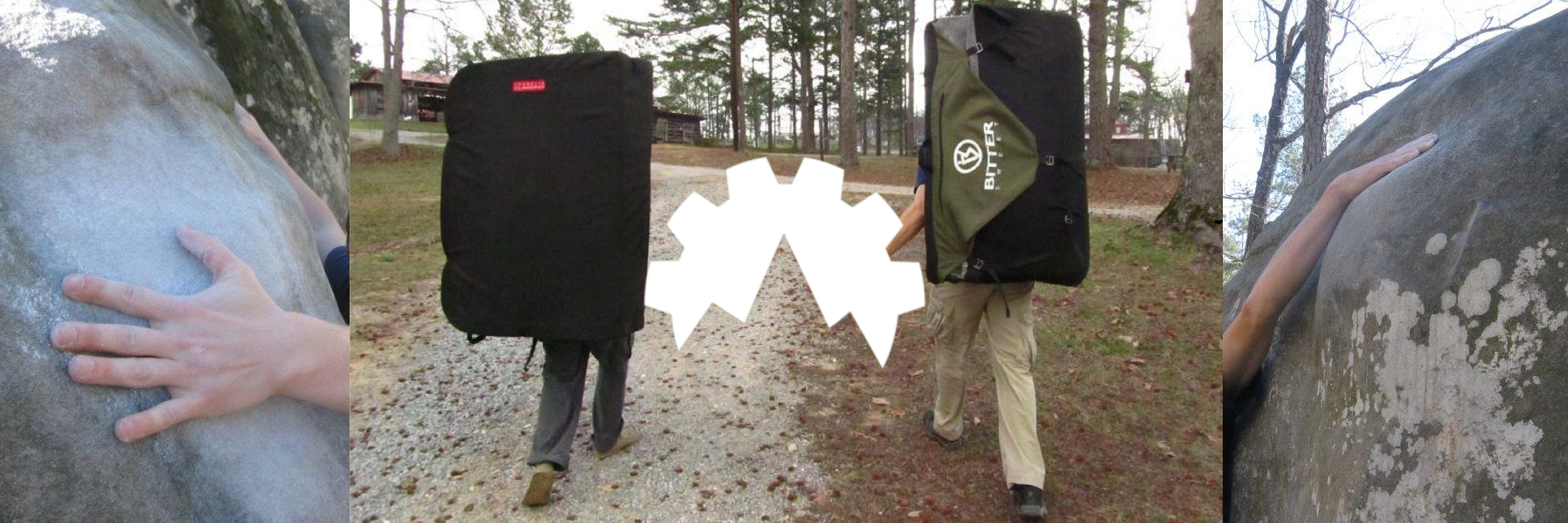A while back we previewed the new Boulder + Lead format, and had some opinions. While I continue to disagree with some of the scoring of the individual events, I wanted to take a look at how the two halves come together as a final score. I actually think the IFSC is on the right track here, but I see some room for improvement, as accusations have flown here and there that a given comp favors one sort of specialist or another.
The failing of this format is that while there are technically 100 points available in each of the two disciplines, they aren’t necessarily evenly weighted because, let’s face it, routesetters are human. Imagine a brutal boulder round where even the best athlete only tops three of the four boulders, and a one of those boulder is a gimme that everyone flashed. Suddenly the comp “favors” lead specialists since they can make up the ground easier – the bouldering specialists weren’t given opportunity to shine and really distance themselves.
To solve this, I propose scaling the scores each round. Remember begging teachers to curve the test scores, when even the savant in your class only managed a 75%? It’s just like that. At the end of each round, points are doled out proportional to the best athlete, who will get 100. If setters overcook one of the two halves, it doesn’t matter, everyone will get scaled up. If someone scores that elusive 100, no scaling is needed. Scores never go down with this method, only up. For simplicity, each athlete’s round score is now basically the percentage of their score versus the best performer. There are many more complicated ways to scale things with measurements of how far the athlete is above or below the average using standard deviations, but for now, lets just measure all against the best score that was actually achieved, as a simple proportion.
What are the practical impacts of this? I think it lets each round stand on its own in light of the athletes there – if an objectively standout boulderer like Janja can’t do all 4 boulders, maybe they’re too hard and we shouldn’t score them out of 100. Same goes if the route stops Ai Mori at the last bolt. For a well balanced round where some athletes score 100, or damn near it, each round, the changes due to scaling are minimal. For examples, lets look at the Men’s World Championship Semis:

Only a few athletes swap a single spot up or down in semis, and the athletes making it through to finals are unchanged. Soratu was the best in both and gets that 200. Ondra and Shubert flip flop because, arguably, Adam’s bouldering was farther ahead of Jakob’s by a larger margin than Jakob’s Lead was ahead of Adam’s. Looking at the finals, not a single athlete changed spots:

Lets also look at the women’s Semi’s:

Some weirdness going on here at first glace. By raw score, Jain Kim’s boulder score was 36% of Annie Sanders, and Annie’s Lead score was 54% of Jain’s score. By the same line of thought as the men’s semi’s for Jakob and Adam, Annie might intuitively take this one, so why did they change places with the scaled score? If we look at the leaders, Janja showed that all of the boulders were very possible with a score of 98.9. On the other side, the lead route was arguably less “doable”, as even the best performer only managed a 92. This difference in setting (or maybe Janja is just an unmatched bouldering monster, or Ai, who was expected to carry the lead was off her game) means Jain’s lead performance was granted some extra value. Still, they were with 1.5 points in either direction using both scoring systems. But what about Women’s Finals?

The women’s boulder final was HARD. As such, Brooke’s performance on the boulder scaled up enough that it would take her from just behind Ai to just ahead of Ai by the faintest of margins. This is bound to be unpopular, and nothing scoring-wise can be done to make up with the somewhat controversial “reachy” setting of W2.
Negative impact is…. math. While it doesn’t have all the nightmare implications of the awful rank-multiplication system (which I’ve written at length about), it does mean the final scores for each round are in a bit of flux until the end of a round. It can cause some last minute rank changes, which isn’t great. That said, there’s only one way things change at the very end – as each lead athlete comes out, scores can be tallied, and everyone’s scaled-lead (and therefore overall) score only changes if the athlete on the wall sets a new highpoint on the route, at which point the perceived weight of the lead round is reduced. My proposal, like every scoring system proposal, is imperfect.
With all the above, I still firmly believe scaling both rounds to value both discipline equally is the way to go. Bonus points because it should keep setters from mainlining Xanax trying to balance the rounds. As much as I’d like to go back and perform a similar analysis of other comps (US Team Selection, Japan 2022, etc), I think Bern 2023 showcases the results well, and minor changes to how the individual rounds are score (3-6-25 vs 5-10-25) muddy the waters.
What do you think? Should we leave it as is, or change it as above, or something else completely (under the assumption we have to score a combined event) I’ve got a handful of other scoring-related articles that need to be done yet as well, so stay tuned.
Justin Meserve is still trying to flex his Minor in Mathematics by using complex analytical tools like Microsoft Excel. He, also, like every engineer, looks at a technical solution and thinks to himself – I can do that better.



